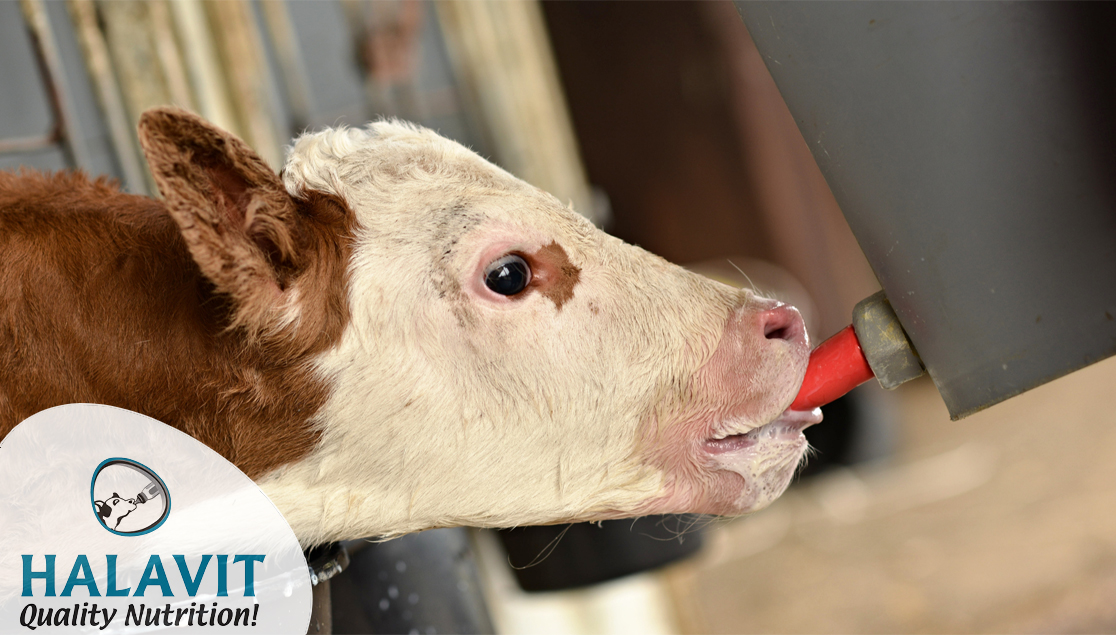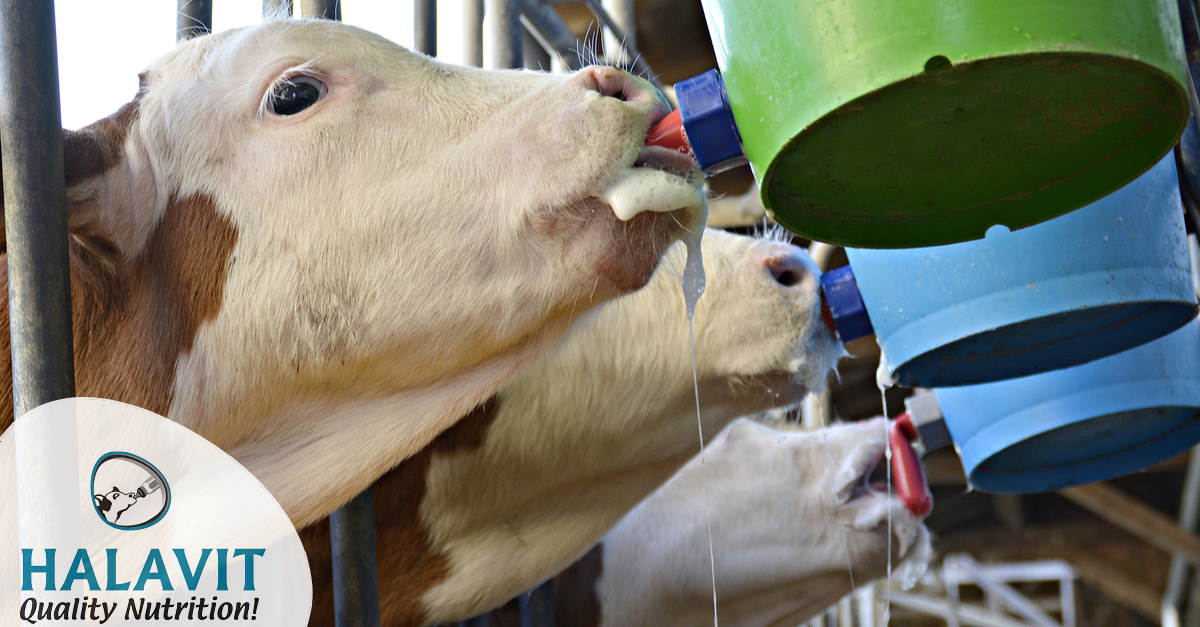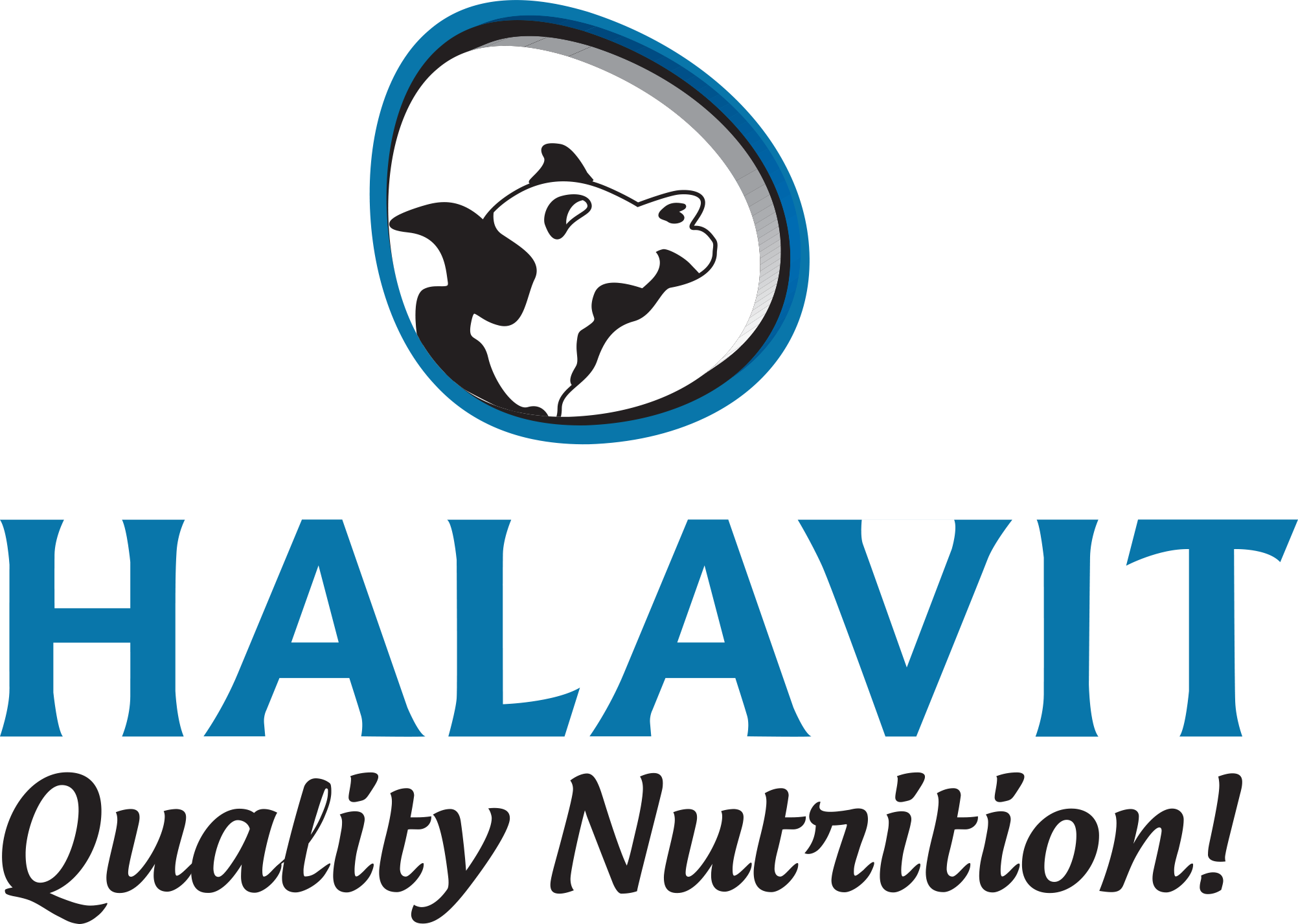USING AUTOMATIC FEEDERS FOR CALVES AND LAMBS: WHY AND HOW?
When feeding young mammals there is a constant challenge of managing feed intake, growth, and health of every single animal. Automatic feeders have been developed in order to provide an easy system that allows the feeding of groups of animals, while monitoring the nutritional status and development of all animals at once. However, using automatic feeders is not a simple skill, as it includes a variety of fundamental details that must be taken into consideration for a correct functioning of the feeders and a healthy environment for the animals.
Automatic feeders are used for different ruminants, however their use is still less frequent among calves and is often used together with unautomated feeding systems. On the other hand, they have become of common use for lambs.

CALVES
Automatic feeders for calves give a monitored and precise amount of milk replacers for calves, based on each animal’s needs. These feeders are connected to data collection systems, which record the daily milk intake, the drinking speed and the frequency and duration of visits(1).
Among the variables that are being monitored is the ventilation and the bedding provided to the animals while being fed. Using automatic feeders implies that large groups of animals are all being fed in the same place at the same time. Therefore, significant ventilation is crucial, in order to avoid spreading of different diseases through the respiratory or digestive systems of the animals. The aim is to create a light breeze, allowing for optimal ventilation throughout the entire year1. Ventilation can be provided with the use of fans, curtains and use of positive pressure tubes for good air hygiene(2).
Another aspect that is monitored is the space given to calves while being fed, in order to avoid crowding and to give each animals its necessary space for optimal feeding. Recommendations include allowing for at least 3.5 square meters for each calf. This allows for enough space for the animals and decreases the chance of disease spreading or lack of nutrition(3).
Cleaning of the facility and the feeders must be constant, with dry bedding added when moisture content increases. Moreover, the pens have to be regularly changed(1).
The use of automated feeders, as an addition to bucket feeding, has shown optimal results, with good long-term results in terms of milk consumption rate. However, constant monitoring and visits to the animals are necessary, as it is fundamental for early disease recognition and intervention.
LAMBS
Use of automated feeders with lambs has been increasing and is very frequent due to its great effectiveness. Differently from calves, lambs have free access to the milk replacers given through the automated feeders. With lambs too, there is a continuous data collection for milk consumption and other variables.
Lambs receive 180 grams of milk replacer powder mixed with 1 liter of water at a temperature of 40 degrees Celsius. This allows them to be fed in a way that is as close as possible to their natural feeding.
Among lambs additional attention is needed, as the animals can easily go into the feeders. Therefore, it is necessary to keep the feeders elevated, in order to avoid access of animals and infestation of the feeding systems(4).
The environment in which the automated feeders are placed needs to be well ventilated and spacious. Each lamb needs to have a space of at least 0.5 square meters in order to provide a comfortable environment and to avoid overcrowding. Tall spaces prevent from wind and rain exposure during the winter. Moreover, strong ventilation should be provided during the summer.
The feeders are cleaned every day and calibration is checked every few days, and mineral sediments inside the feeders are constantly tested5. Additionally, the feeder’s tubes are also frequently changed for cleaning purposes. When there is a change in groups of animals the whole space needs to be well sanitized. Use of concrete floors is helpful as it allows an easy and thorough cleaning of the space. Additional methods include the use of elevated and perforated floors which allow for an easy cleaning of the animals’ surroundings.
Lambs receive free access to the automated feeders for a period of about 35 to 40 days, until they complete the weaning process.
While maintaining all sanitary regulations, it is also essential to make sure that animals are receiving sufficient and accurate nutrition. Therefore, when starting to use automatic feeders as the main feeding source, it is recommended to feed the animals with individual bottles as well for a period of 3-10 days. This allows animals to receive sufficient nutrition while adjusting to the new feeding source.

Both the feeding method used and the milk content itself are two essential elements which influence the development and health of the young animals. It is therefore essential to try and maintain both elements monitored as closely as possible.
Halavit is a long-lasting company that uses advanced technologies to process milk replacers for young mammals that recreate a feeding system that is closely monitored. The final products undergo strict quality control and assurance. Halavit’s accumulated experience and knowhow, its constant development of innovative products of the highest quality, comprehensive response to diverse needs, and fast and dedicated service are the foundations on which the company is built.
The milk replacers produced for all animals are made under food safety standards, and are made with the highest expertise in order to make sure that young mammals receive the necessary nutrients in an optimal way, for a stable growth and development. The milk replacers include the highest level all-natural ingredients and a variety of products with rich formulas, including milk proteins, high quality fats, and other needed ingredients such as probiotics, prebiotics, coconut oil and more.
Contact us for more information on Halavit’s milk replacers, and learn more on the combination of the feeding method and best-quality natural milk replacers which will allow your animals to be fed in a monitored and constant way.
References:
1 http://afs.ca.uky.edu/content/dairy-getting-the-most-from-automatic-dairy-calf-feeders
2 https://www.extension.iastate.edu/dairyteam/files/page/files/Automatic%20Calf%20Feeders%20Factsheet-2012.pdf
3 http://www.omafra.gov.on.ca/english/livestock/sheep/facts/03-013.htm
4 http://www.sheep101.info/201/feedwaterequip.html
5 https://www.ruminantia.it/wp-content/uploads/2016/06/I-29-DAIRY-CONFERENCE-2015.pdf


